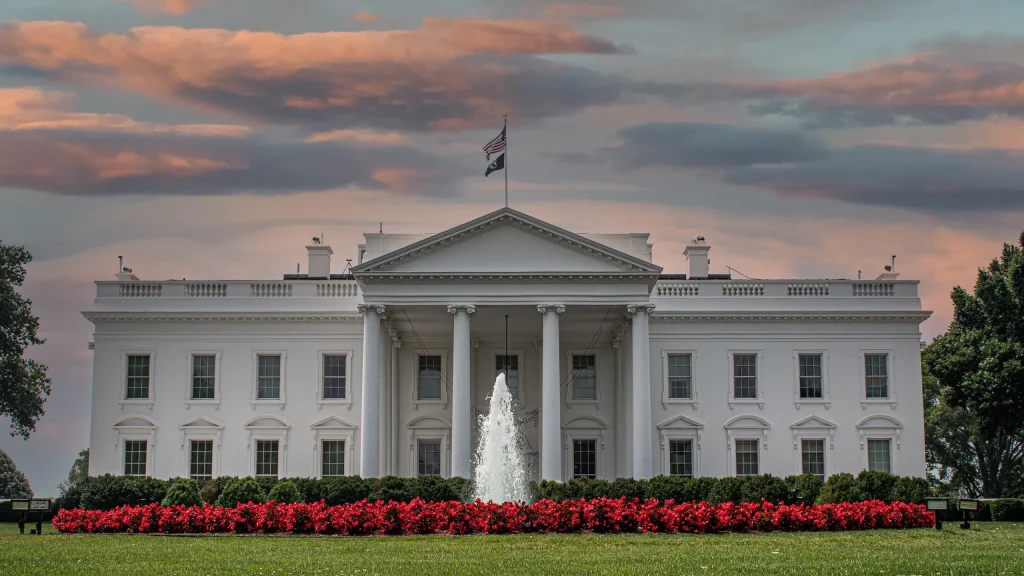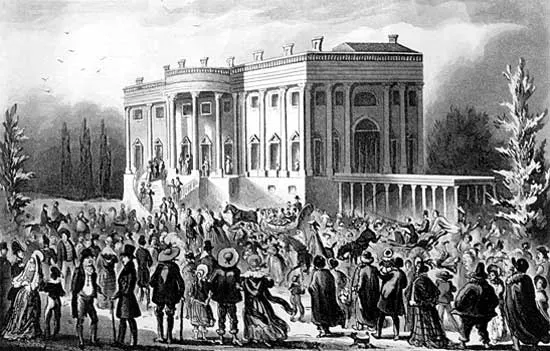In January 2025, Donald Trump will make his return to the White House, marking his second term as President of the United States. This renowned building, located at 1600 Pennsylvania Avenue in Washington, DC, stands as both the official residence and workplace of the nation’s leader. While it is one of the most iconic buildings in the world, there is much more to the White House than just its location or the history of the president who lives there.

The White House: Architecture and Space
The White House is an expansive structure with six floors, 132 rooms, 32 bathrooms, and 412 doors. It functions as the home and office for the President and their family, as well as housing many other essential offices, staff, and spaces for official events. The grandeur of the building is matched by its design, which supports the many functions required by the U.S. president.
A Symbol of America’s Beginnings
The creation of the White House traces back to the inauguration of George Washington in 1789. Washington’s administration recognized the need for a permanent residence for the president. Following a design contest, Irish architect James Hoban’s submission was chosen. Hoban’s design was inspired by Dublin’s Leinster House and became the foundation for the structure we know today. On October 13, 1792, President Washington laid the cornerstone of the building. By the time it was finished in 1800, Washington had passed away and never lived in the White House.
From ‘President’s House’ to the White House
Initially, the White House was referred to as the ‘President’s House’ or the ‘Executive Mansion.’ However, the term “White House” had been used informally by newspapers long before it became an official name. It wasn’t until 1901, under the presidency of Theodore Roosevelt, that the building was formally christened the White House.

Renovations Through the Ages
The White House has undergone multiple rounds of renovations and rebuilding over the years. The most notable instance occurred after the British burned it during the War of 1812. The building was restored and rebuilt, with substantial renovations continuing into the 20th century. In 1902, Theodore Roosevelt oversaw the creation of the West Wing, and in 1952, a major overhaul of the interior was carried out. Despite these changes, the original exterior walls have remained intact since its inception.
Fun Facts About the White House
Built with Enslaved Labor: Both enslaved and free African Americans contributed to the construction of the White House.
Washington’s Legacy: George Washington oversaw the building’s construction but did not live there during his presidency.

Exterior Painting: It takes 570 gallons of paint to cover the White House’s exterior walls.
Serving 140 Guests: The White House kitchen, staffed by five chefs, is capable of serving dinner to up to 140 guests at a time.
Oval Office: The Oval Office has served as the primary office for U.S. presidents since 1909. It was part of the West Wing expansion during Roosevelt’s presidency.
The White House continues to stand as a symbol of power, history, and the American presidency. Through wars, renovations, and changes in leadership, this building has remained a central figure in both American governance and the world stage.
